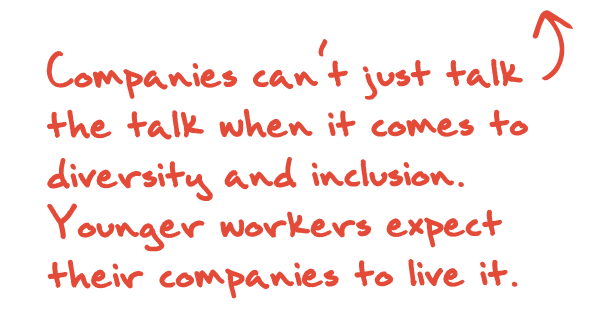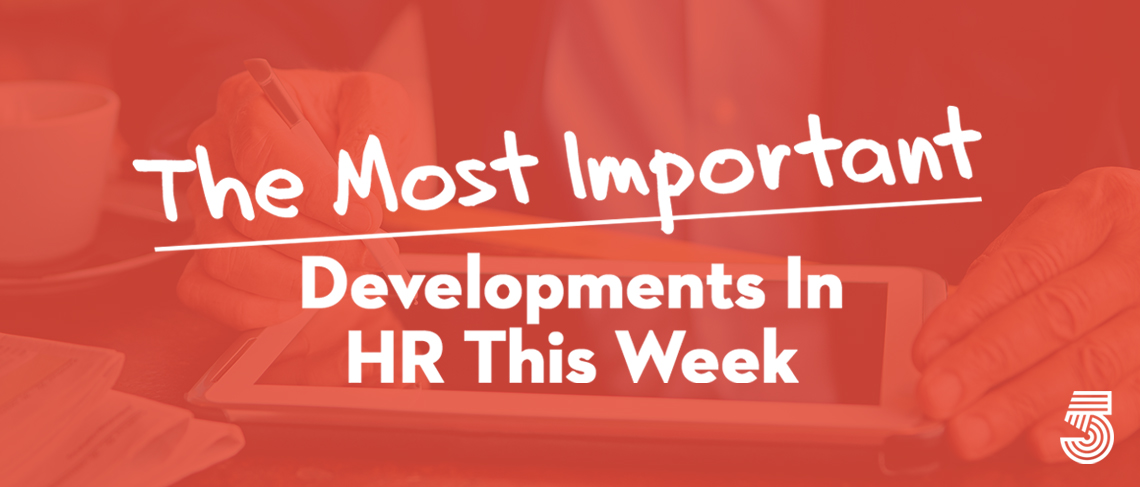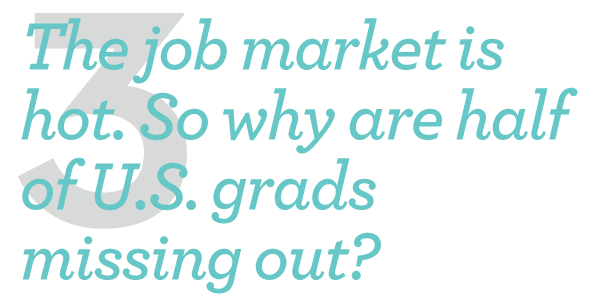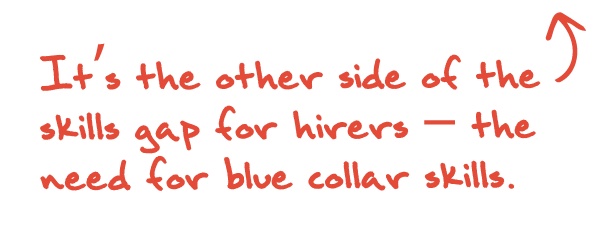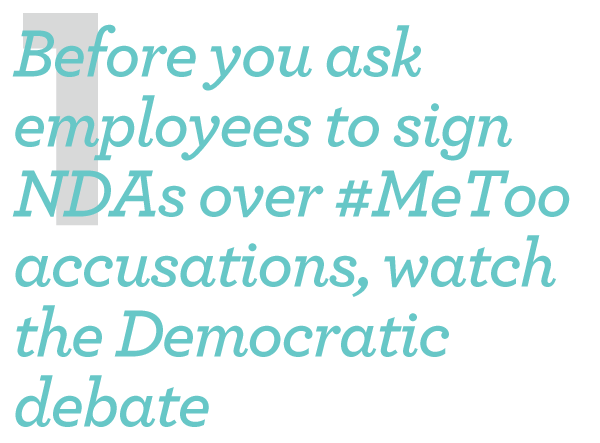
The toughest moment for any candidate in Wednesday’s free-for-all Democratic Presidential debate came when Massachusetts senator Elizabeth Warren and former vice president Joe Biden publicly challenged former New York City mayor Michael Bloomberg to release women who had worked for him and complained of harassment or gender bias from the non-disclosure agreements they’d signed. It was a harsh lesson for any company leader who’s ever pressed such an agreement on a complaining employee. Warren went in for the kill. “Mr. Mayor, are you willing to release those women from those non-disclosure agreements so we can hear their side of the story?” Bloomberg stood there looking blankly at the camera for a few seconds. He said, “We are not going to end these agreements because they were made consensually and they have every right to expect that they will stay private.” That response earned him another round of boos. Those boos should have told Bloomberg that he is on the wrong side of history. American companies — maybe including yours — have a longstanding tradition of stringent damage control when faced with harassment or discrimination complaints. These tactics include non-disclosure agreements and also employment contracts that force those with complaints to use binding arbitration, rather than civil or criminal court, to seek redress. These contracts allow a company to preserve its brand and reputation. But another way to look at it is that they allow companies to conceal the severity of a toxic workplace, and to protect the jobs of highly valued executives who repeatedly engage in inappropriate behavior. Inc
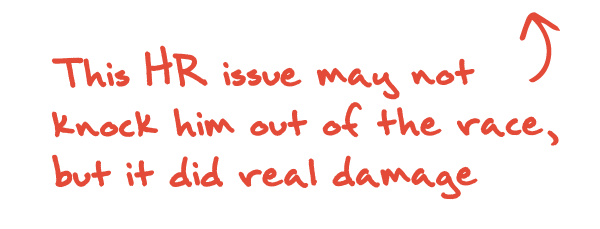
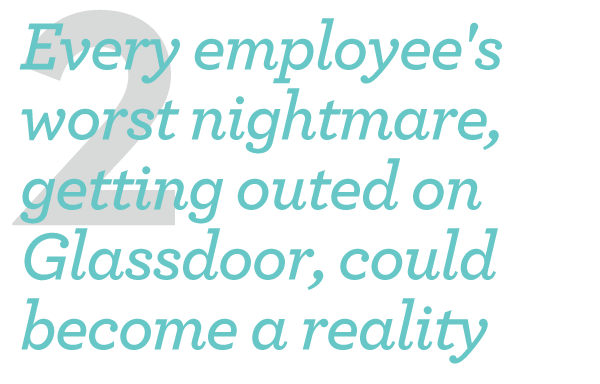
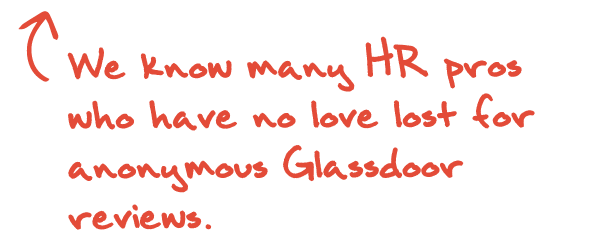
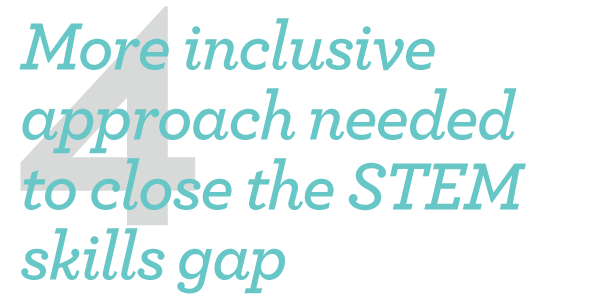
According to the latest whitepaper from global talent acquisition and management firm Alexander Mann Solutions, being less rigid with academic requirements can drastically increase employers’ visibility among emerging STEM talent. As discussed in, “Early careers recruitment: What are the opportunities from digitalization, STEM and Diversity & Inclusion?” STEM businesses are experiencing difficulties in hiring talent, with recruitment processes taking on average 31 more days than expected. By offering visa sponsorships, or being more flexible toward academic requirements, businesses can tap into a wider pool of talent and help plug skills gaps in the sector. Getting more women into STEM was also highlighted as a key factor in closing the demand for skills in STEM-related disciplines. Despite an increasing number of initiatives that industry bodies and organizations are launching in a bid to promote STEM careers to young women, females are still severely under-represented in the field. Flexible working has also been noted as a primary motivator of millennials and Gen Zers, and this must be considered along with other factors, such as cultural fit and values, in order to attract emerging talent to the STEM sectors. Jane Clark, Global Head of Emerging Talent Consulting at Alexander Mann Solutions, said, “Addressing the global shortage of available STEM skills will require businesses to adapt their talent attraction strategies, moving towards a more flexible model which is in line with the new demands of millennial and Gen Z workers. Being open to offering visa programs and knocking down barriers to entry, such as academic backgrounds, can allow employers to access highly-skilled individuals and plug critical skill gaps.” Globe Newswire
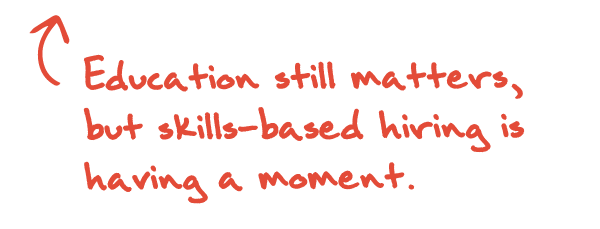
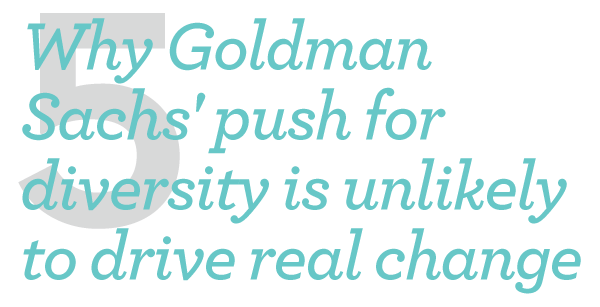
Goldman Sachs received a flurry of media attention after announcing at Davos that it will carry out IPOs only for companies that have at least one woman or non-white board member. A recent high-profile IPO effort shows that when a company with an all-male board tries to go public, an uproar can ensue. When WeWork filed its registration for an IPO last year, the company noted its “culture of inclusivity” — but also listed its board members, all of whom were men. Controversy erupted, and the company added a woman. Goldman’s new rule may stem from the best of intentions. But businesses cannot simply insert a woman into a board of directors and claim to stand for gender equality and diversity. Doing so is a fig leaf. If a company is genuinely committed to gender equality and diversity, that commitment will show up in its metrics at all levels. To get a sense of how committed any company is to diversity and gender equality, groups like Goldman Sachs should look at the entire talent pipeline. What is a company doing to recruit talent? What are the gender and racial breakdowns of staff in entry-level jobs, and those getting promotions each year? It’s also essential to look at culture, which is often the biggest driver of diversity and inclusion. Culture underpins diversity and inclusion. In taking a company public, corporations like Goldman would do well to look at what employees say about the company culture. In anonymous surveys, do they report experiences with sexism, racism, and other forms of intolerance? What’s being done about these things? HBR
